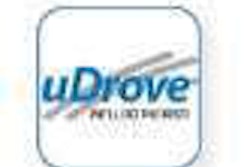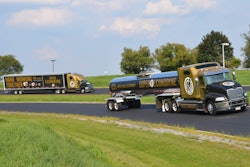Oil companies and engine manufacturers are busy working together through the auspices of the American Petroleum Institute to define, create and validate the industry’s next-generation diesel motor, which is slated to appear in January, 2016 – one year in advance of federally-mandated Greenhouse Gas emission compliant engines.
During an in-house meeting with CCJ and Overdrive editors in December, James McGeehan, global manager of diesel engine oil technology for Chevron Lubricants said that Product Category 11 (PC-11) will likely present the trucking and construction industries with their first-ever split oil category in order to assure backwards compatibility for pre-2017 diesel engines as well as optimal emissions and fuel economy for 2017 engines. A key factor in this decision are off-highway engine manufacturers such as Deere and Caterpillar, which point out the fuel economy is not a factor in their typical applications and worry that lower-viscosity oils designed to reduce internal friction in an engine and therefore boost fuel economy will not be durable enough in certain harsh working conditions.
As a result, McGeehan said, the first new oil, likely to be designated API CK-4 will be blended to be fully compatible with older oil categories back to CH-4, thereby preserving lubricity performance for older vehicles while providing new protection for new emissions and GHG technologies that will begin appearing on engines as 2017 draws near.
A separate oil category, currently being referred to as “API XX,” will be blended specifically for 2017 and later engines with an emphasis on fuel economy and meeting Greenhouse Gas emission standards. It will be up to each engine manufacturer to specify which oil will be spec’d for their engines.
An interesting tangent to all of this oil talk is the glimpse at the likely changes fleets will see as 2017 engine technology takes shape – including several possible pleasant surprises. According to McGeehan, the fuel economy push will allow engine manufacturers to dramatically reduce, or even eliminate, in-cylinder EGR levels. This, combined with the new oils, will minimize soot in the exhaust stream, thereby reducing the load on diesel particulate filters and the number of regenerations required. The upshot is that some 2017 engines could be completely EGR-free with resulting air management enhancements, feature reduced radiator sizes, reduced parasitic power loss and internal friction as well as extended drain intervals while running efficiently at lower RPMs.









